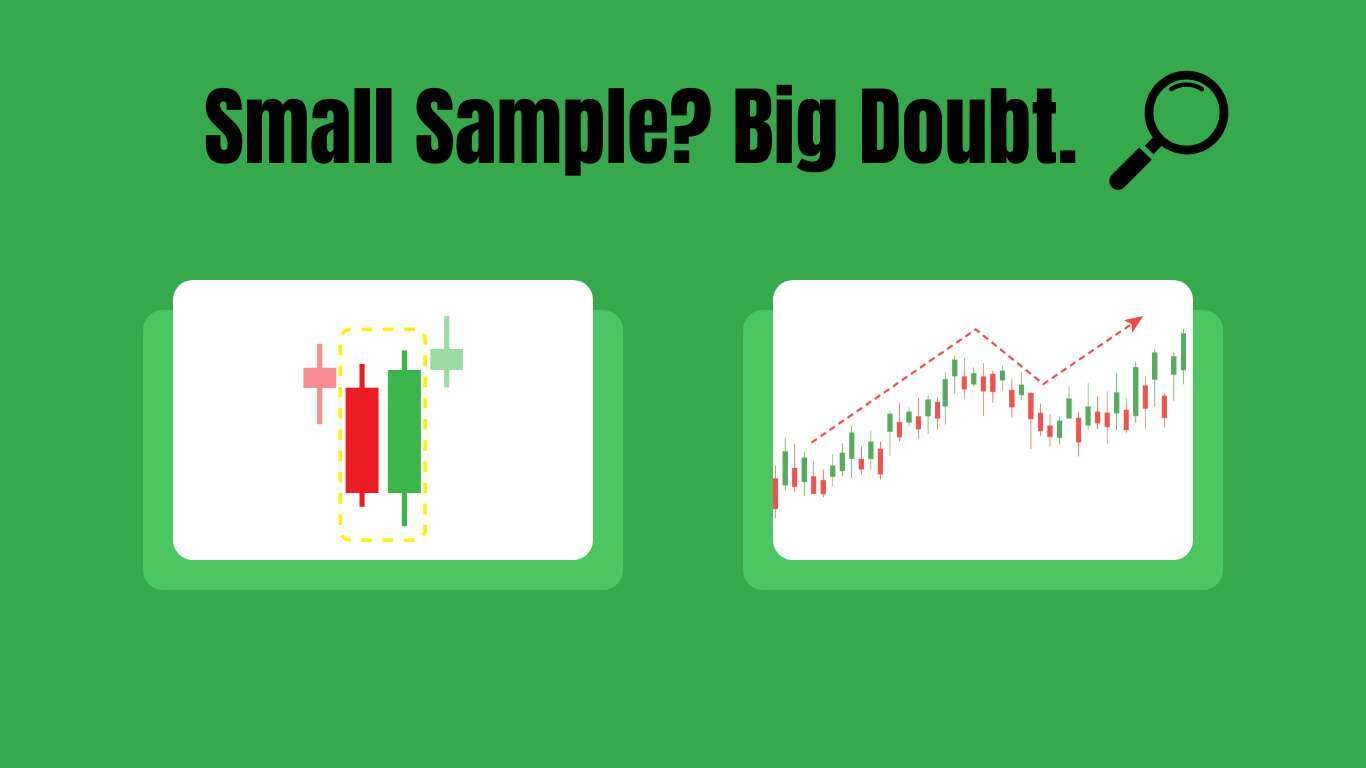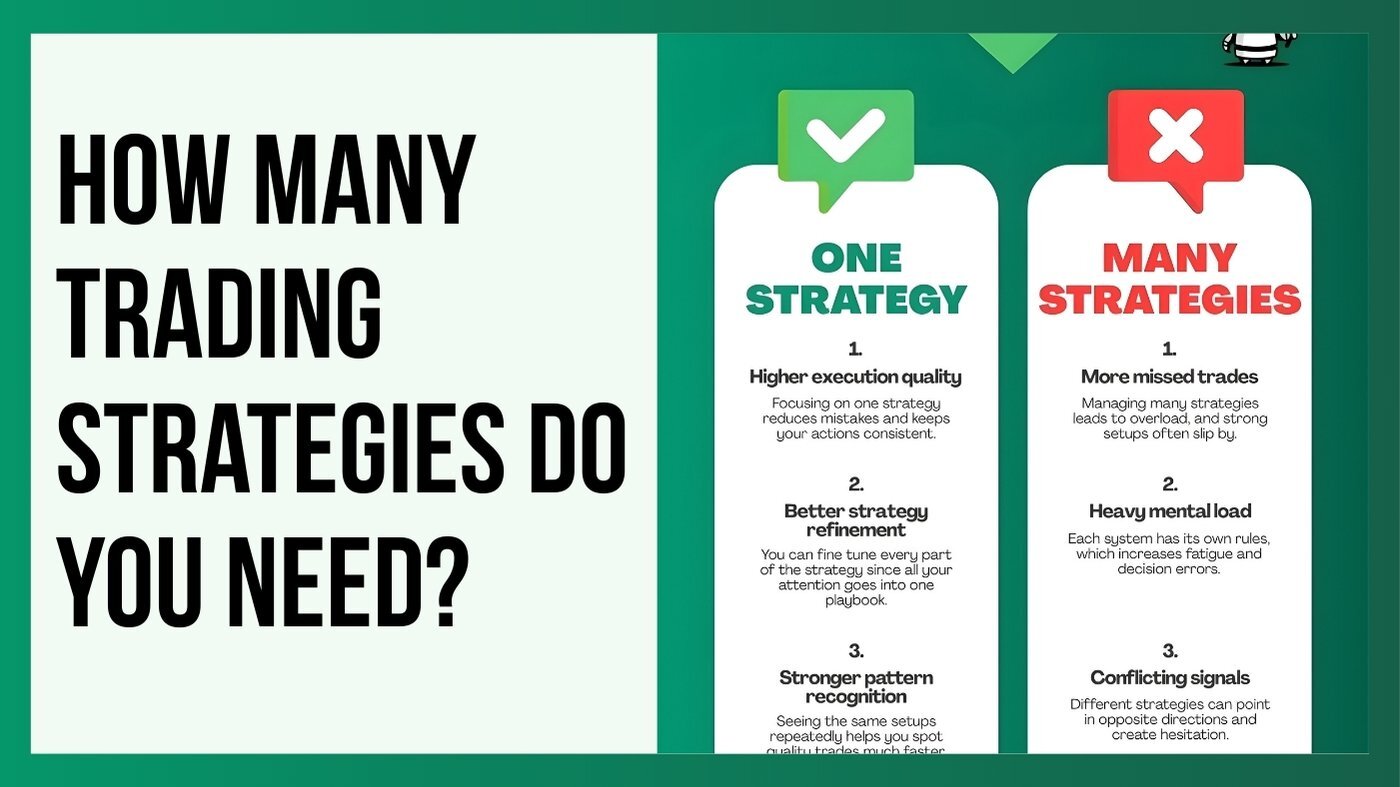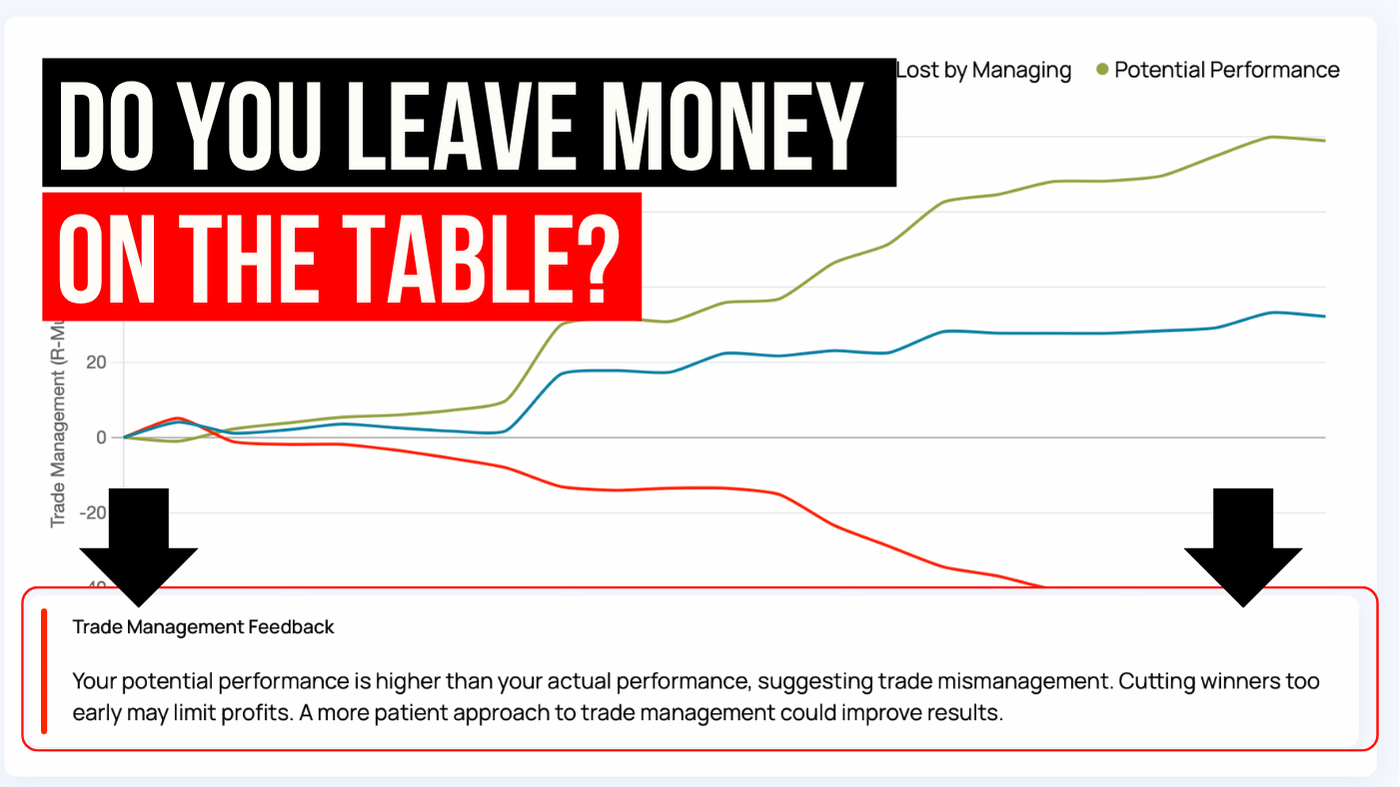Top Custom Trading Statistics Every Trader Should Track
Custom statistics can turn a trading journal into a powerful source of insight because they show the specific conditions that shape your performance....
4 min read
Rolf May 8, 2024 1:30:20 PM

Have you ever scrapped your entire trading strategy after a single losing trade, or convinced yourself a new approach is brilliant based on just a few initial wins? Many traders fall into this trap, making crucial decisions based on very limited data.
Just like with any scientific study, the more data you have, the more reliable your conclusions will be. In trading, this data comes from your actual trades. Relying on just a handful of trades to judge your strategy is like trying to understand the weather by looking out the window for one minute. You might get lucky and see sunshine, but that doesn't mean it won't rain later.
This article will explore why sample size is crucial for traders. We'll discuss the dangers of small sample sizes and the benefits of building a robust sample before making any major decisions about your trading approach.

Imagine flipping a coin. Heads or tails, right? Seems like a 50/50 chance. But what if you only flipped it twice and head came up twice? You might think that the coin is rigged and only heads will come up in the next tosses as well! However, the more times you flip that coin, the closer the results get to the actual probability (which is closer to 50% for a fair coin).
Trading is similar. When you rely on a small sample size, like just a few trades, random chance can easily distort your perception of how well your strategy is actually working. Here are some specific dangers of making decisions based on limited data:
Confirmation Bias: You might see patterns in random noise. A couple of early wins could trick you into thinking you've found the golden ticket, while a string of losses might lead you to abandon a potentially good strategy too soon.
Overfitting: Imagine trying to fit a complex puzzle piece into a simple hole. With a small sample, you might tweak your strategy to fit those few trades, but it might not work well when faced with a wider variety of market conditions.
Missed Opportunities: Conversely, a small sample of losing trades could lead you to dismiss a potentially effective strategy. You might miss out on a profitable approach simply because you gave up on it too early.
So why exactly does the number of trades you analyze matter? It all boils down to statistical significance. Imagine you're testing a new medicine. A few patients getting better might seem promising, but it could just be luck or chance. To be confident the medicine actually works, you need to test it on a much larger group and see if the results are statistically significant.
Sample size helps us understand how likely it is that our results are due to chance or a genuine underlying trend. With a larger sample size, the chances of random fluctuations skewing our results become smaller. This allows us to see a clearer picture of what's actually happening.
Clearer Picture of Trends: Imagine conducting a survey. With only a few responses, it's hard to know what people truly think. But with hundreds or even thousands of responses, patterns start to emerge. You can see which opinions are most common and gain a clearer understanding of the overall sentiment.
Identifying True Edges: The market is full of noise – random events that can make your results look good or bad in the short term. A larger sample size helps separate this noise from genuine market inefficiencies that your strategy can exploit (your "edge"). With more data, you can be more confident that your strategy is capturing a real edge, not just random luck.
We've established that larger sample sizes are crucial for making informed decisions about your trading strategy. But how big is "big enough"? Here's the catch: there's no magic number. The ideal sample size depends on two key factors:
Market Exposure: A truly robust sample size exposes your strategy to a wide range of market conditions. Imagine testing a new jacket in perfect weather. Great, right? But what happens when it rains, snows, or gets windy? Similarly, your strategy needs to be tested across different market scenarios: trending periods, choppy ranges, and times of high or low volatility.
.jpg?width=1920&height=1080&name=Confidence%20%26%20Sample%20Size%20(1).jpg)
Trading Timeframe: Day traders, who make frequent trades based on short-term price movements, experience these different market conditions more quickly. They should ideally test their strategies over a sample size spanning at least the last 3-6 months. This timeframe ensures exposure to a variety of market behaviors relevant to their day trading approach.
On the other hand, swing traders, who hold positions for longer periods, encounter these market shifts more gradually. Their ideal sample size should encompass a wider timeframe, like the last 12-24 months. This allows them to assess how their strategy performs across different long-term trends and market cycles.
By prioritizing patience and building a robust sample size that considers both market exposure and your trading timeframe, you'll gain the confidence to refine your approach or move forward with a strategy that's truly battle-tested across various market conditions.
With a robust sample size in hand, the benefits become clear. Here's how a statistically significant dataset empowers your trading:
Increased Confidence: Imagine a dark room with a single, blurry object. Chair? Monster? Clothes pile? Limited data breeds uncertainty. But with more light, the picture clarifies. A large sample size reveals the market with greater clarity, boosting your confidence that your strategy's performance is a genuine edge, not just random noise.
Identifying True Edges: The market throws curveballs – price swings, news events, sentiment shifts. A small sample might mistake these for trends. But a larger sample smooths the picture. Think of a choppy ocean. From one wave, the tide's direction is unclear. But with more waves, the trend emerges. A large sample helps distinguish temporary noise from true edges – recurring market inefficiencies your strategy can exploit.
Robust Strategy Development: Building a complex machine with limited testing might work initially, but what happens with different materials or tasks? It will likely malfunction. A large sample size stress-tests your strategy. By exposing it to a wider range of market conditions, you identify weaknesses and refine your approach. This ensures a robust strategy – one battle-tested across conditions and more likely to succeed in the long run.
Sample size isn't just a number – it's the foundation for sound trading decisions. Don't let small samples lead you astray. Embrace patience, build a robust sample that considers market exposure and your timeframe, and unlock the power of statistically significant data. With a clearer view of the market and a battle-tested strategy, you'll be well on your way to achieving your trading goals.

Custom statistics can turn a trading journal into a powerful source of insight because they show the specific conditions that shape your performance....

Choosing how many trading strategies you should trade is one of the most important decisions for long term success. Many traders believe that more...

Many traders know how to enter a position but become uncertain once the trade is active. This is the moment when emotions influence decisions, exits...